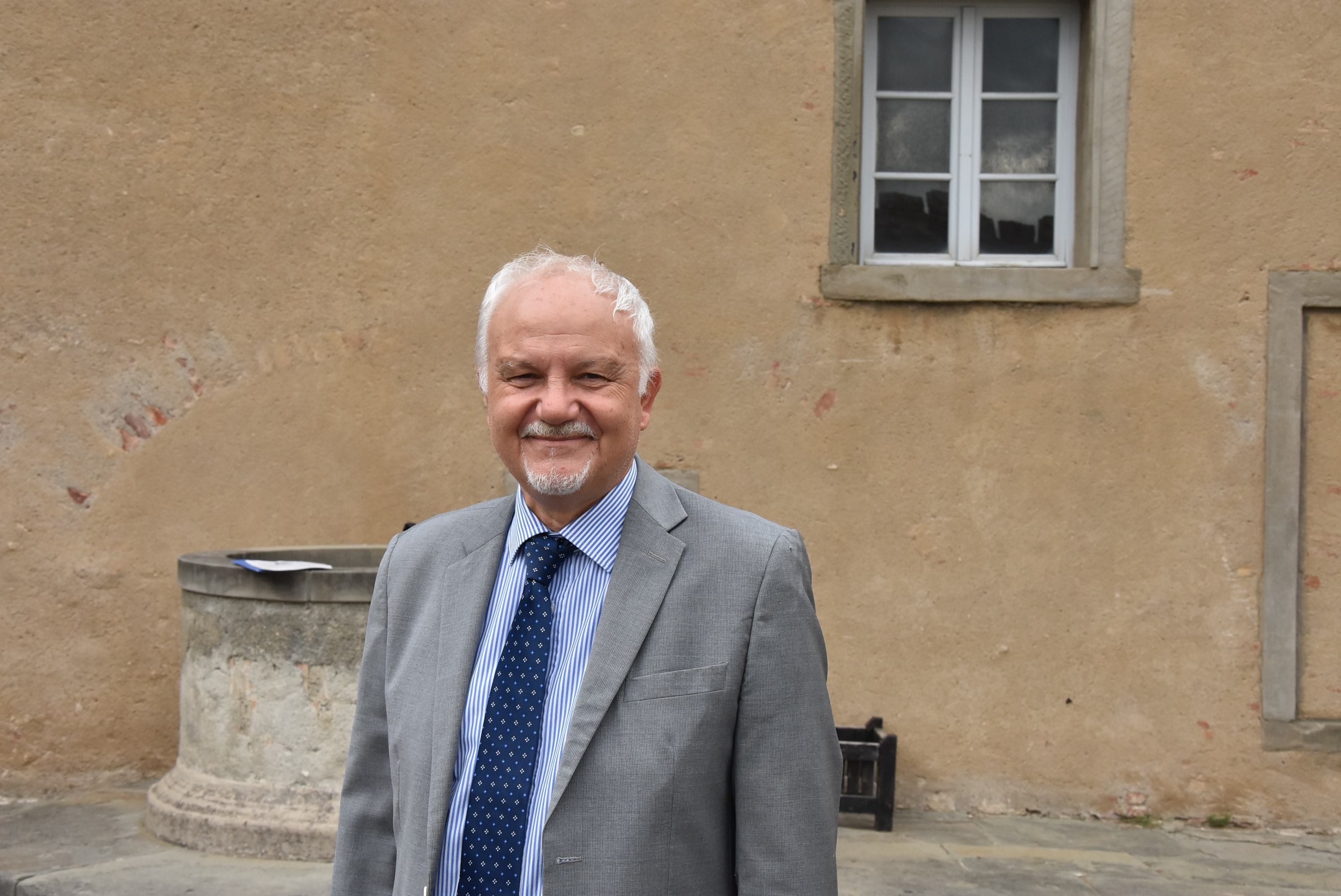In the worst period of the pandemic, the port system proved to be a solid link in the production chain. Ports have in fact always remained open thanks to the professionalism and self-sacrifice of their port workers.
But our sector workers’ ability to react to adversity cannot alone be enough for making ports the mainstay for safeguarding the production system.
We need a national logistics network project and swift implementation of the related infrastructure. To achieve this, however, project planning and approval processes and tendering procedures need to be drastically simplified.
There is no shortage of economic resources. What is lacking is confidence in technicians and administrators who, although public officials, are subject to controls by many other bodies, which themselves are part of the public sector too. The decision-making model should be revised by clearly separating competences.
Subjecting Port Network Authorities to the excessive scrutiny by other public bodies with, in most cases, less qualified personnel, based on a model in which everyone has to have their own say, is generating very high costs and an increase in the time needed for infrastructure development projects to be approved.
We should take our inspiration from the Anglo-Saxon model where professional activities are entrusted to manuals and guidelines rather than to legal regulations and preventive controls. The responsibility of project designers and operators is directly linked to these manuals and guidelines. Once planning has been approved, with all those who have to participate taking part, things should just get done, with projects approved only by the person responsible for implementing them!
And in order to do this quickly, we have to bring tendering forward to the technical-economic feasibility project phase. This phase is sufficient to guarantee the correct allocation, between the administrator and the executor, of the residual risk of designing the infrastructure project. All this has to be converted into regulatory simplifications that require a second “round” in Parliament.
In other areas, port management is regulated by confused, inconsistent and obscure rules. The 84/94 Law, amended in 2016, and the Navigation Code which came out in 1942 with its antiquated regulations coexist, together with secondary regulations and ministerial circulars that force the public operators perform daily balancing acts in order to solve interpretation issues.
But the worst effect of this phenomenon is the uncertainty it causes in business operators potentially willing to invest, who see regulatory risks and the periodic discontinuity of governance as their worst enemies, able to exasperate any planning even if it falls into the standard business risk category.
What we need is an effort to product a compendium of rules governing port activities that brings everything back to a coherent, modern and above all simple homogeneity.
Translation by Giles Foster




